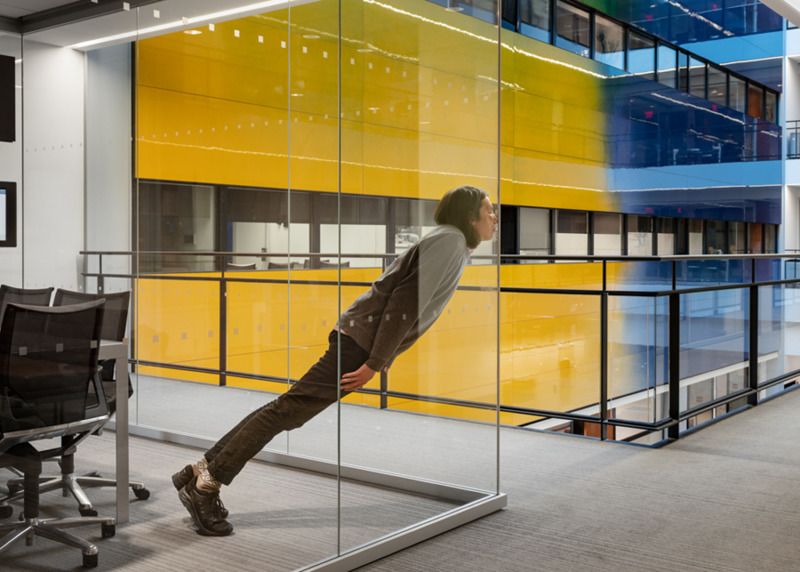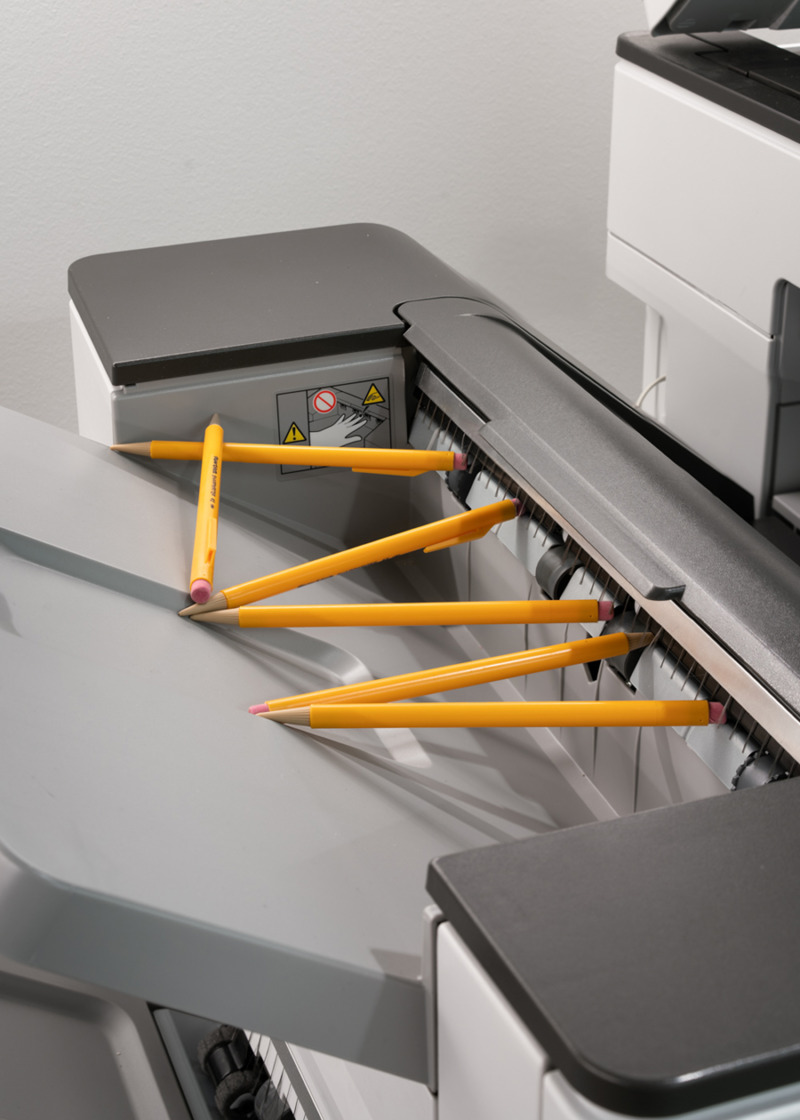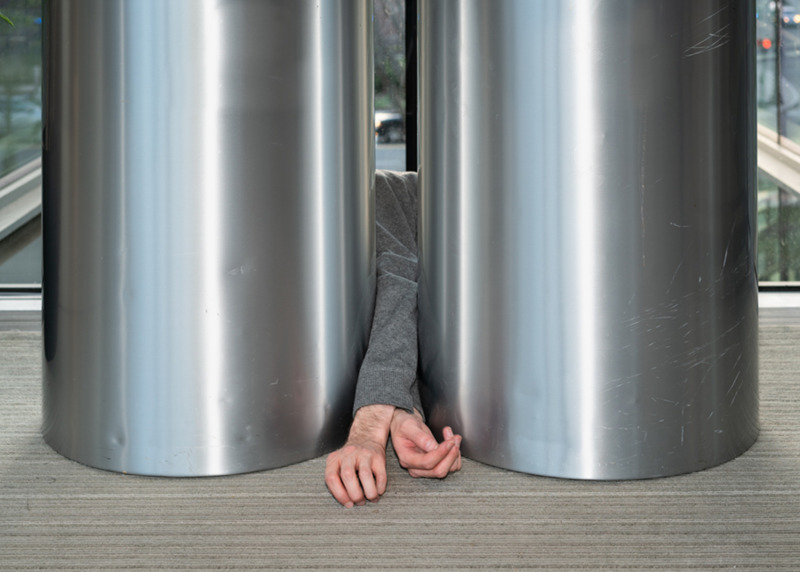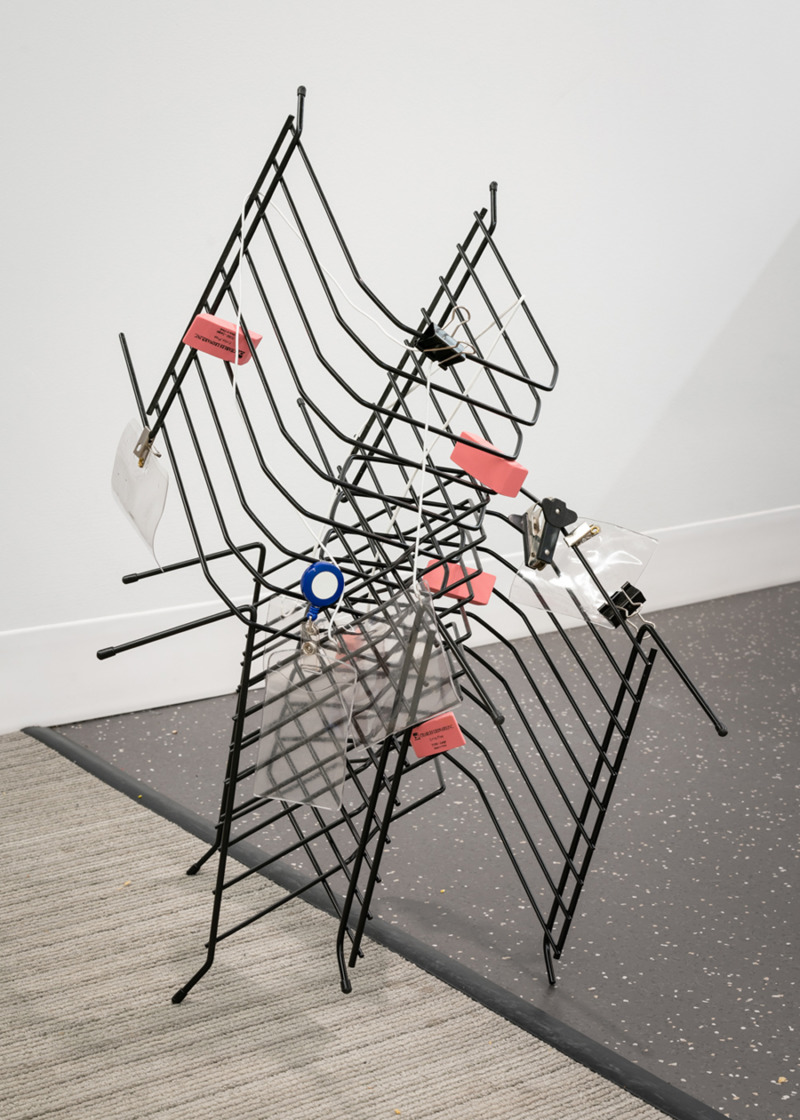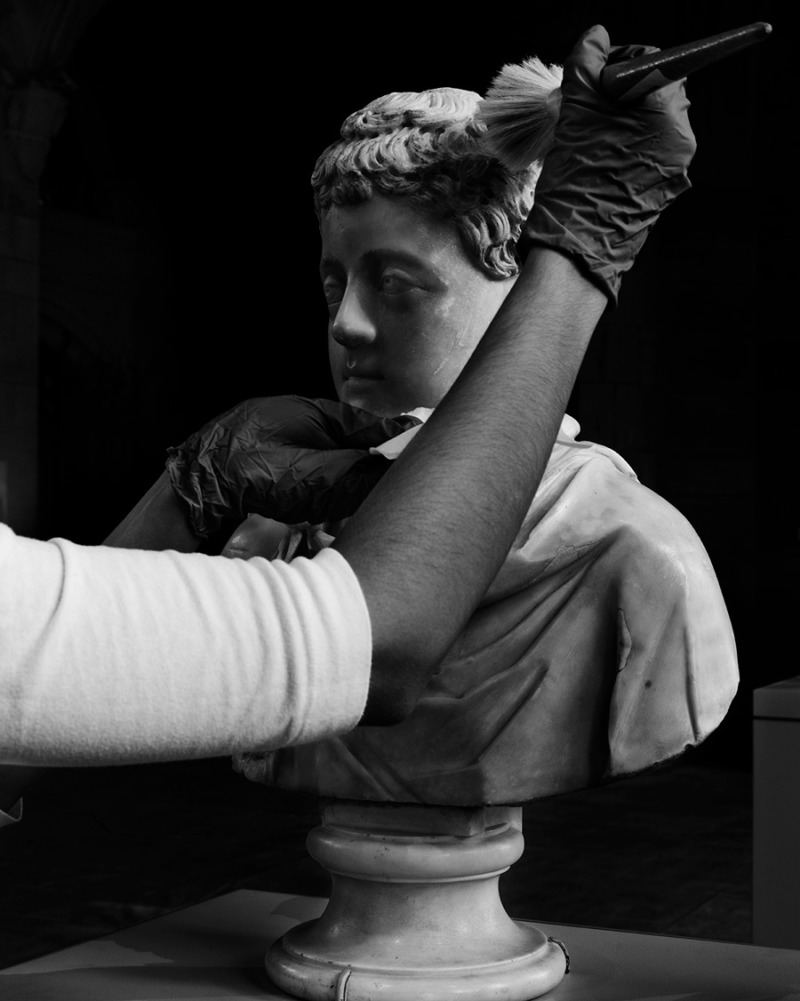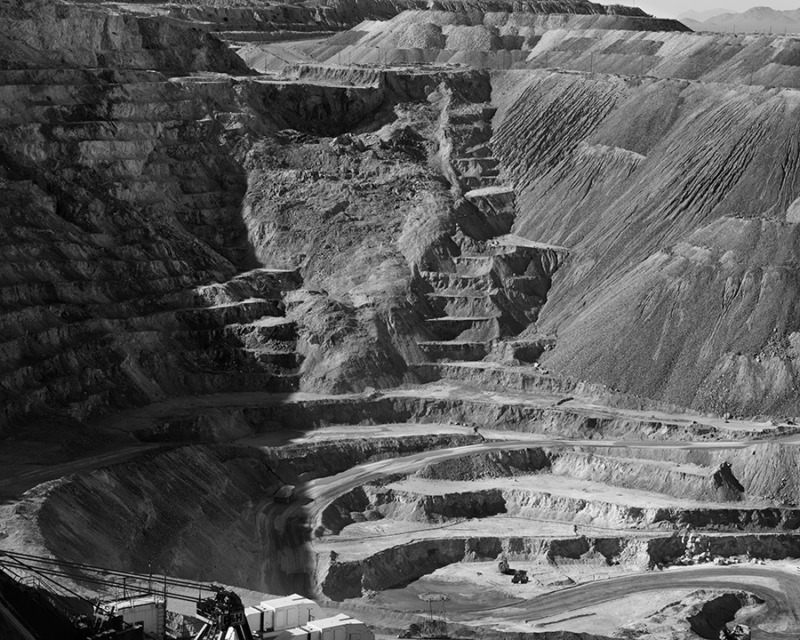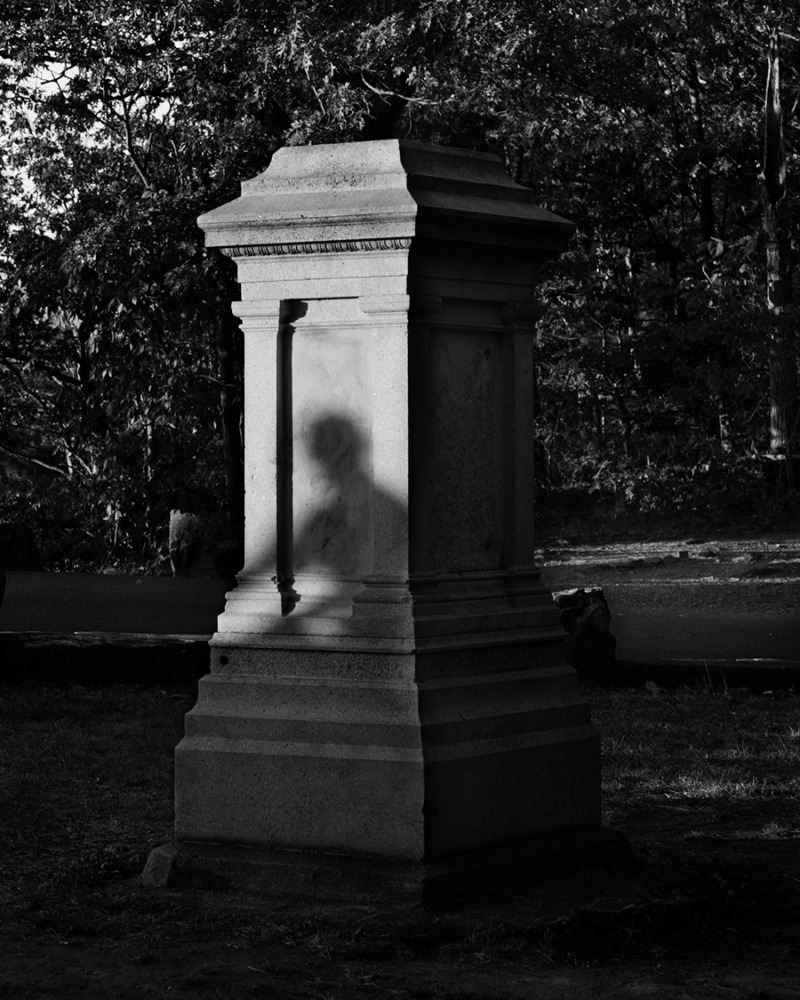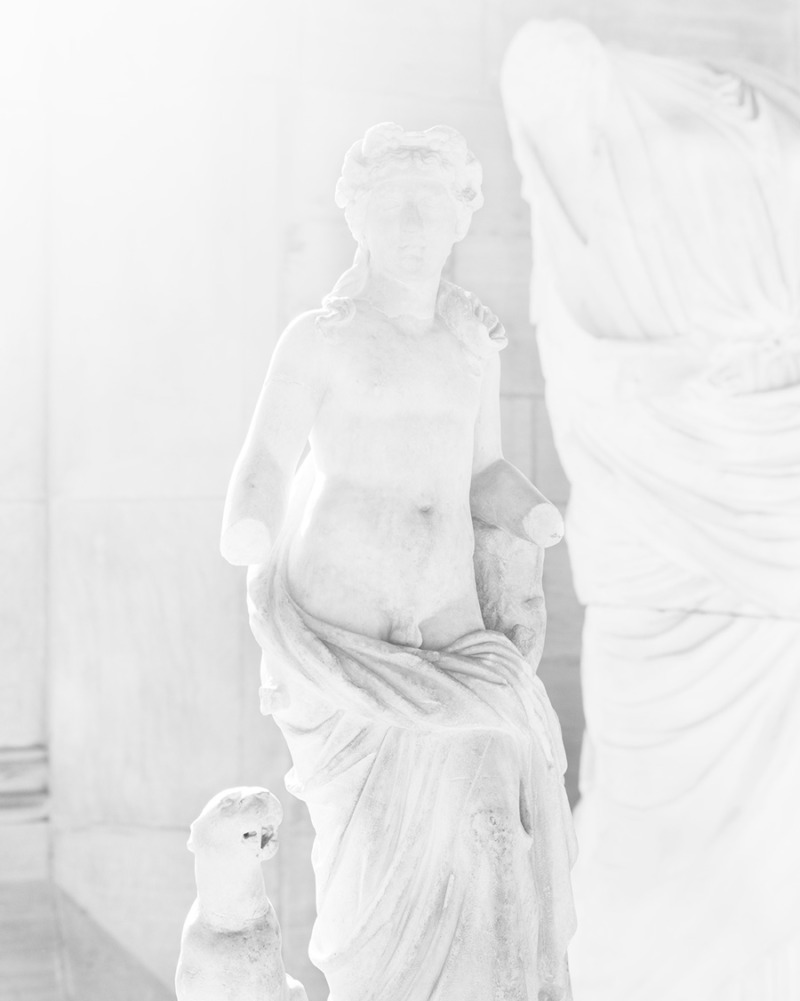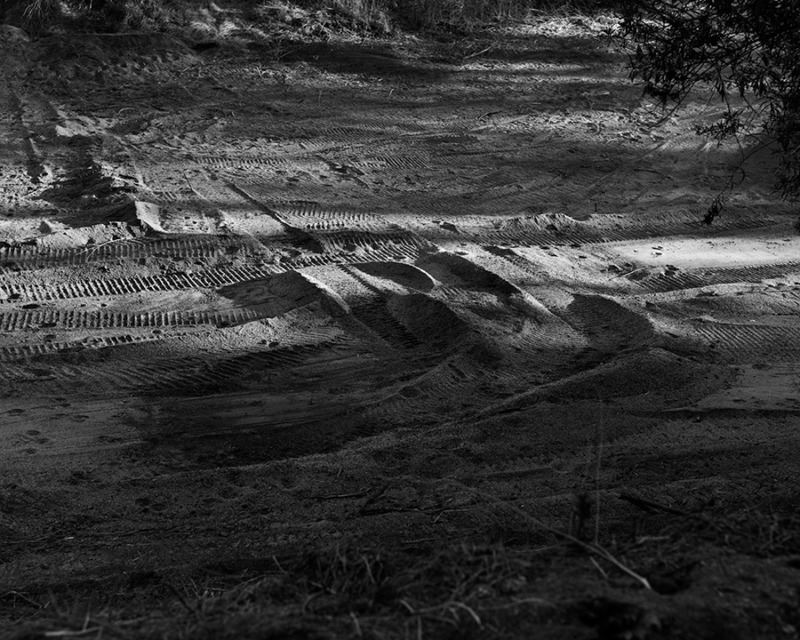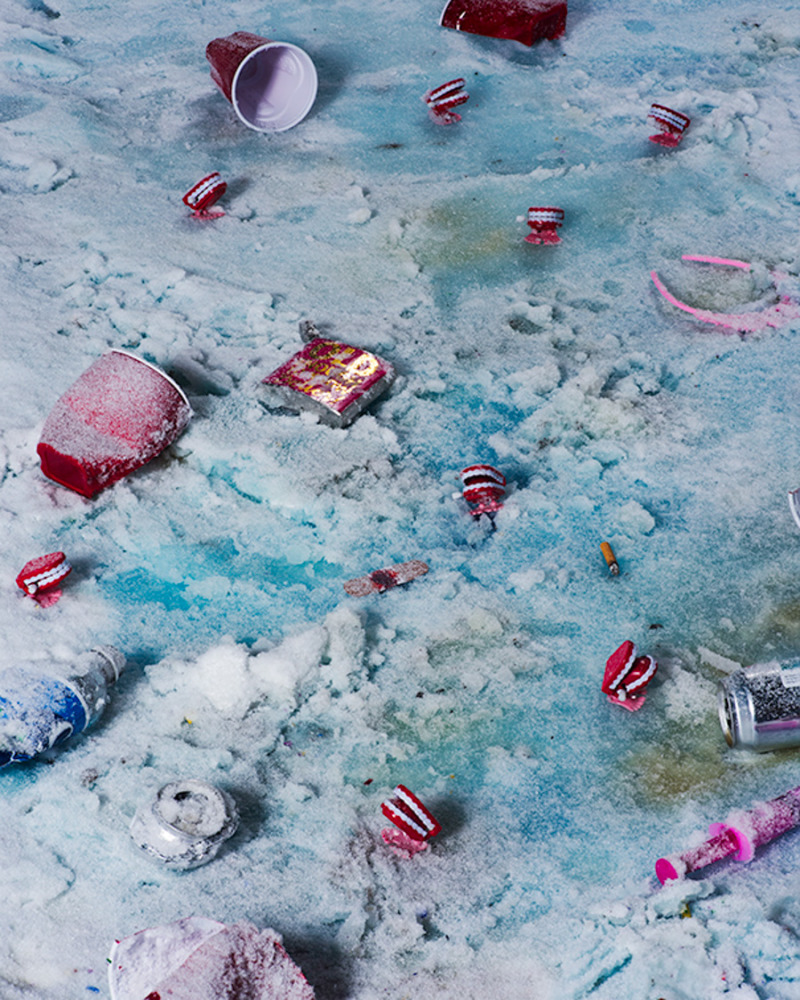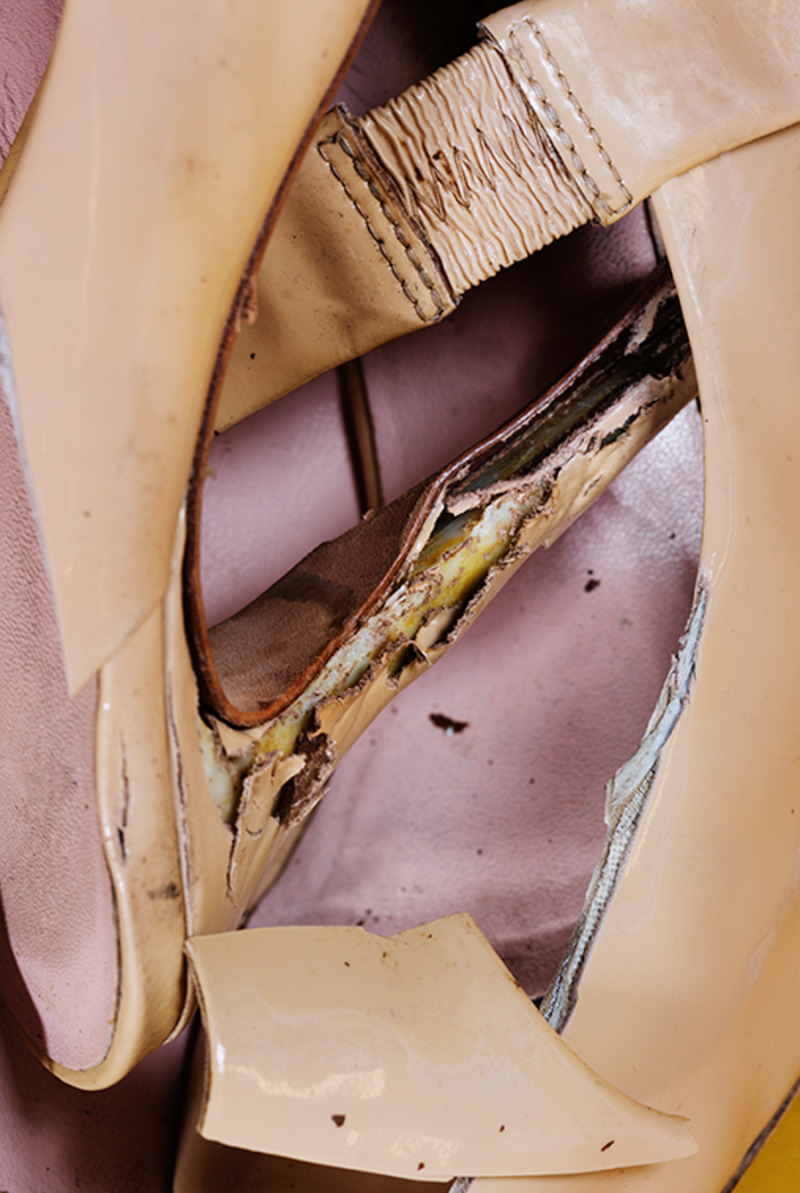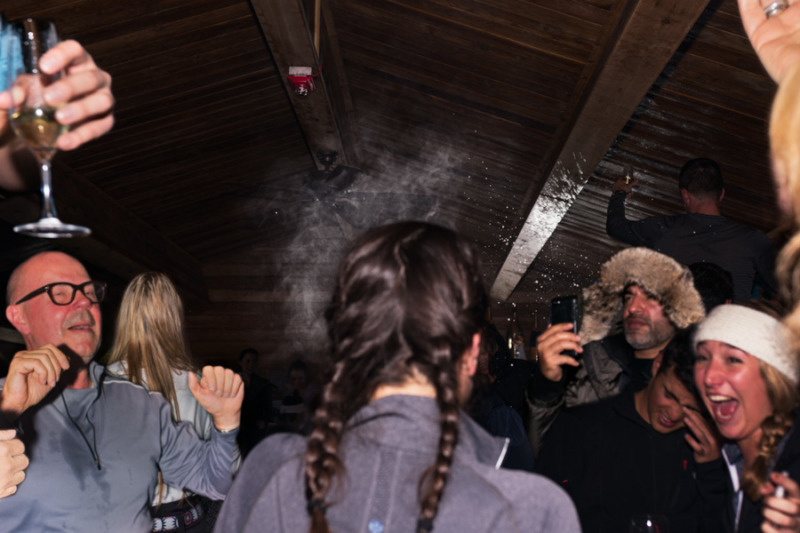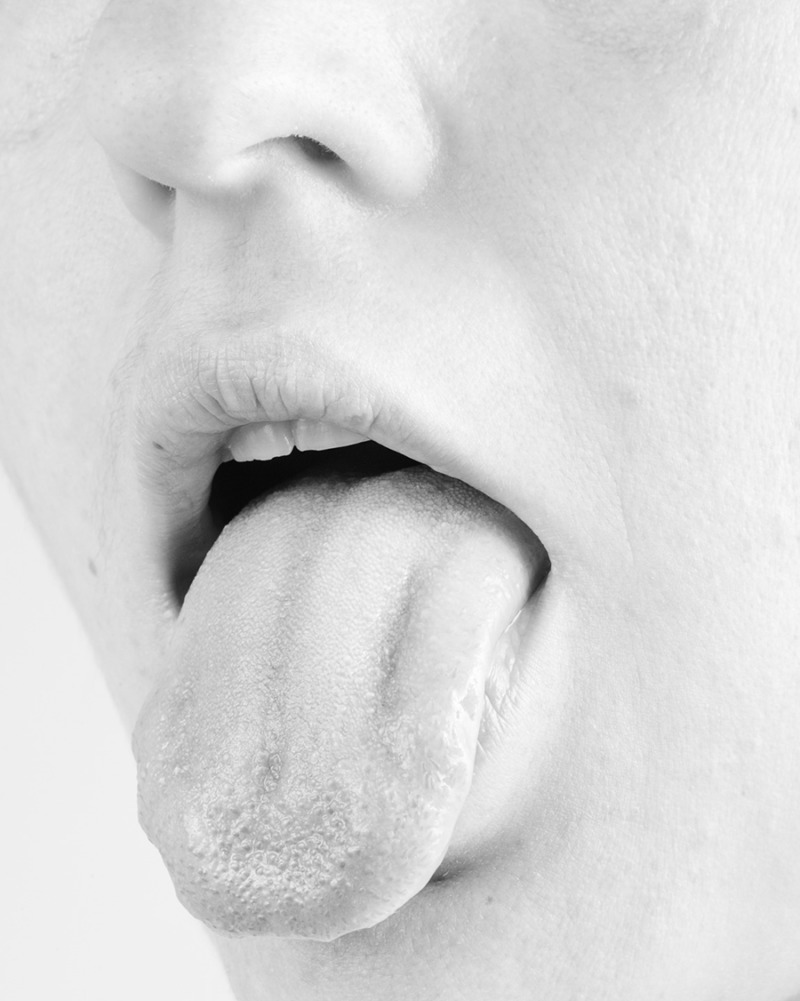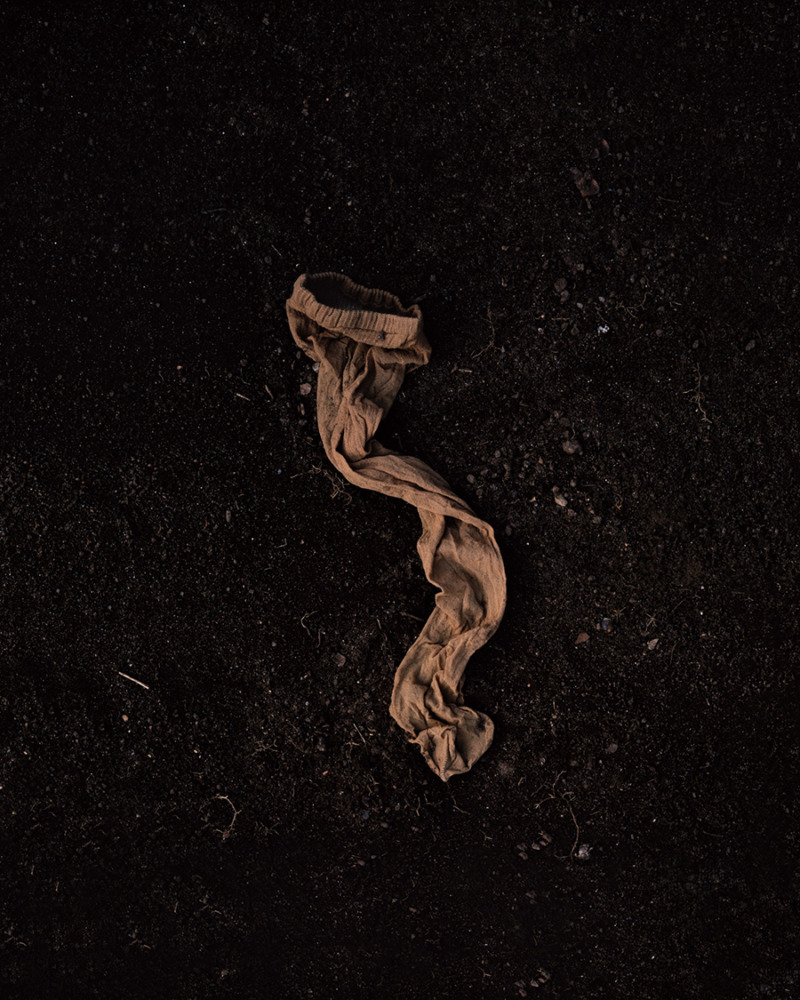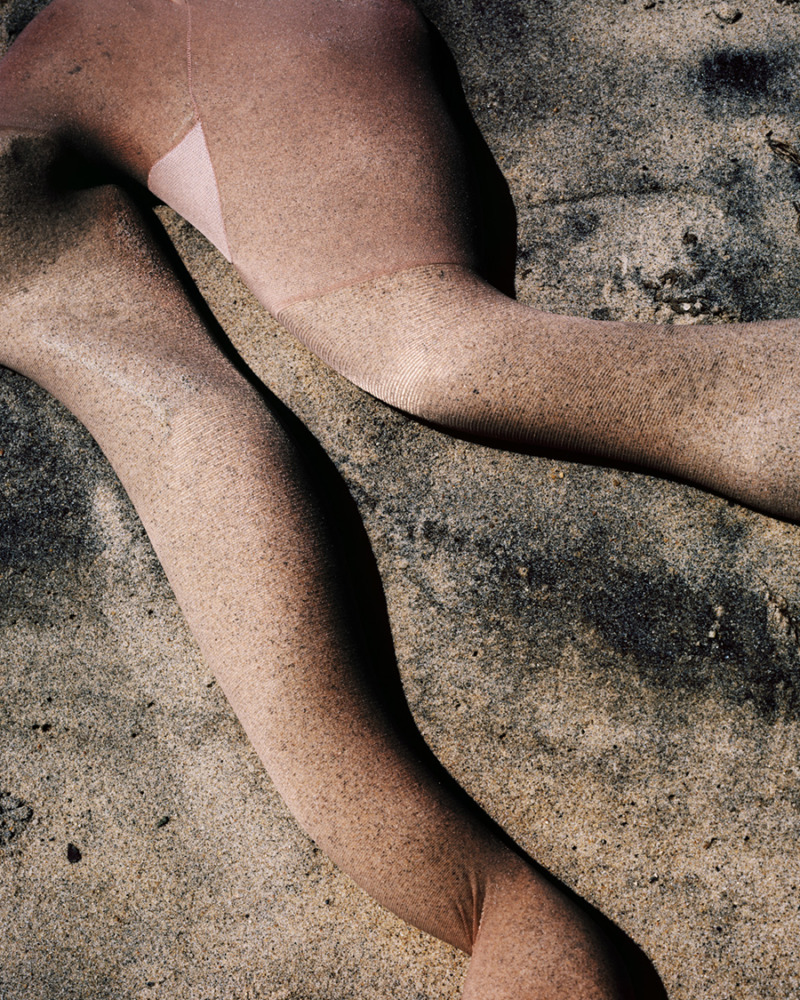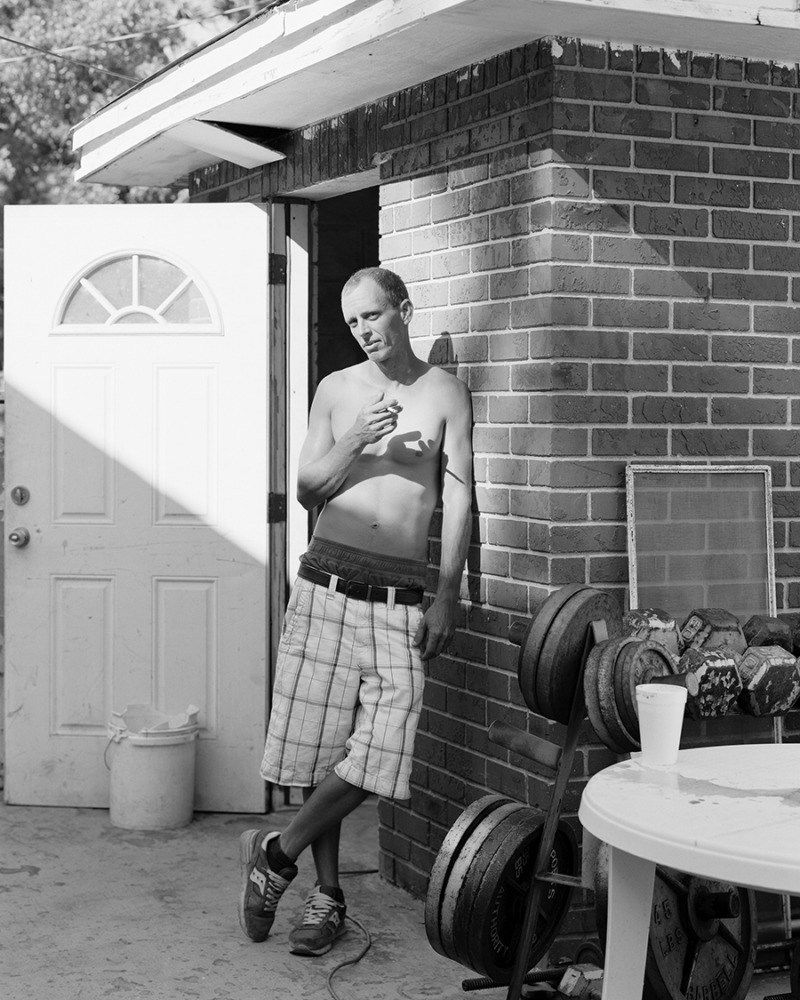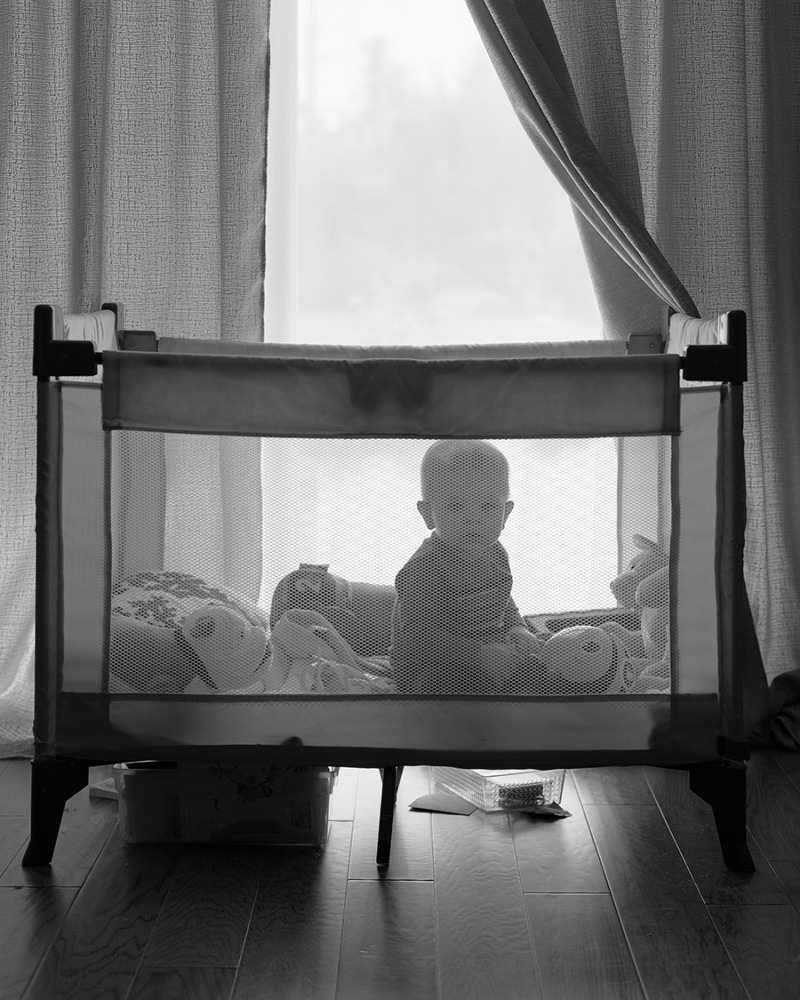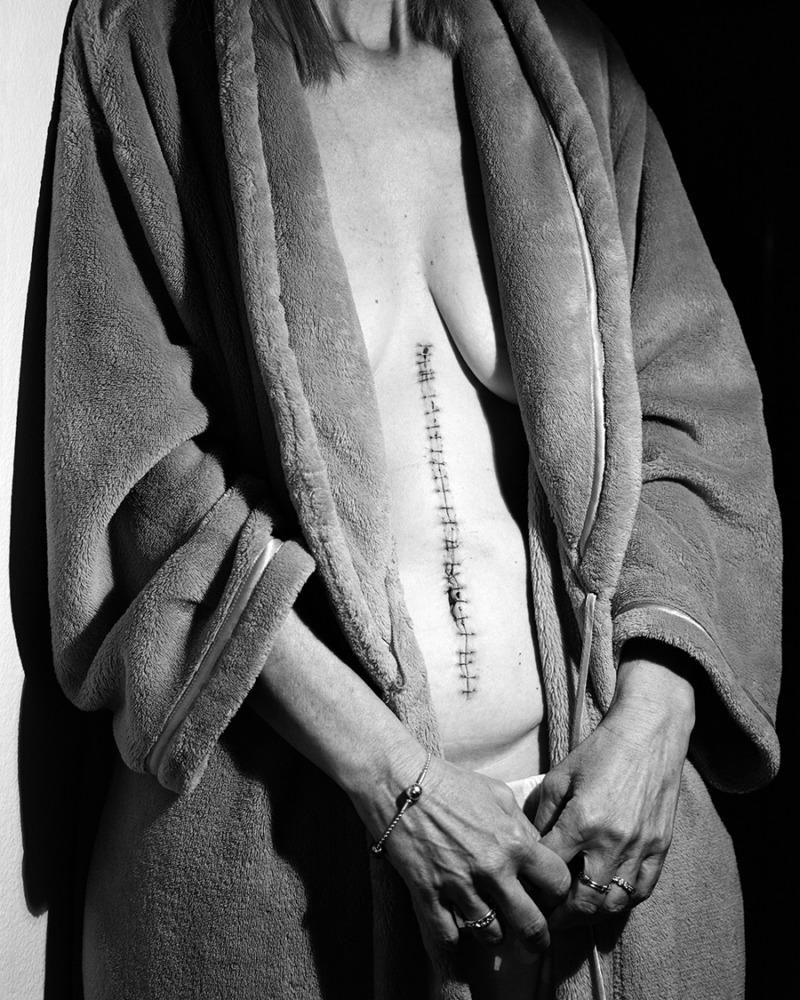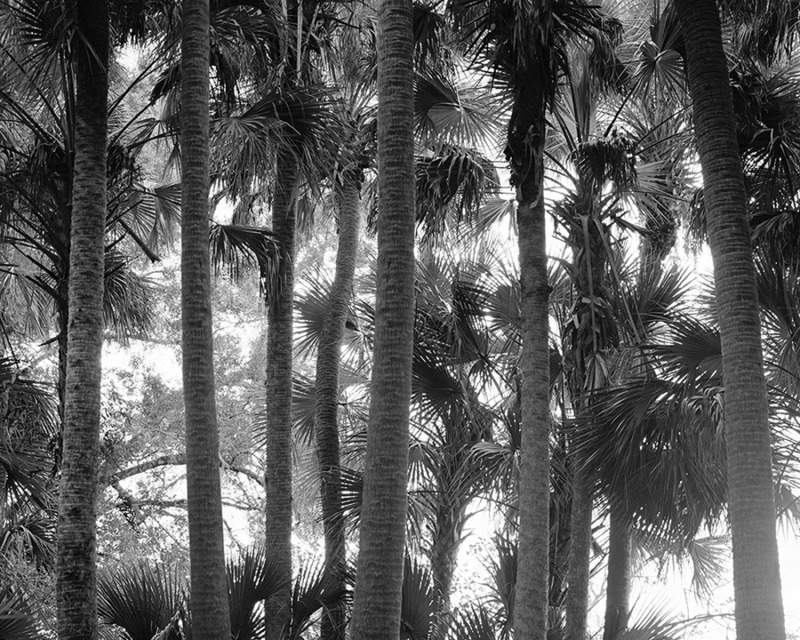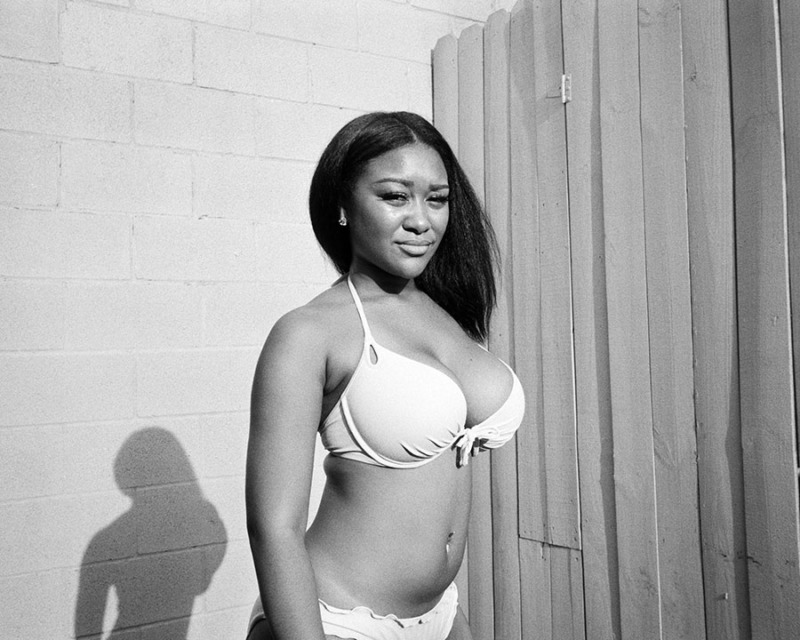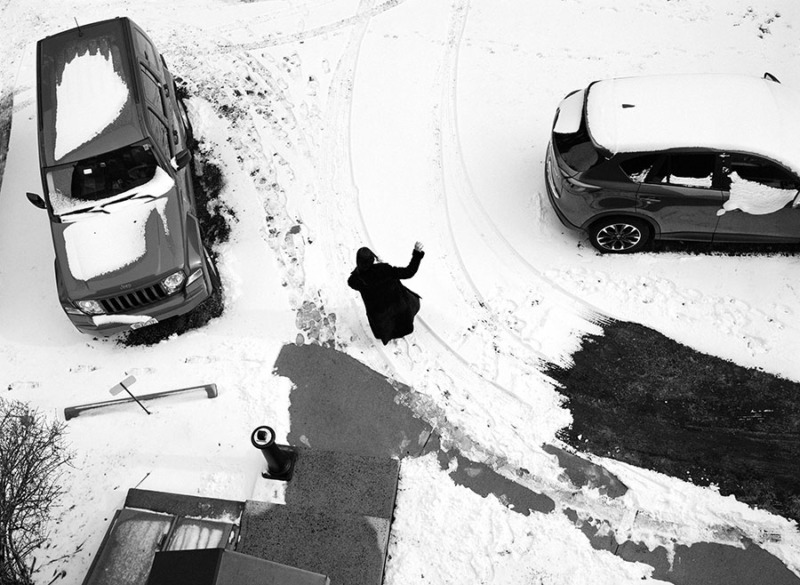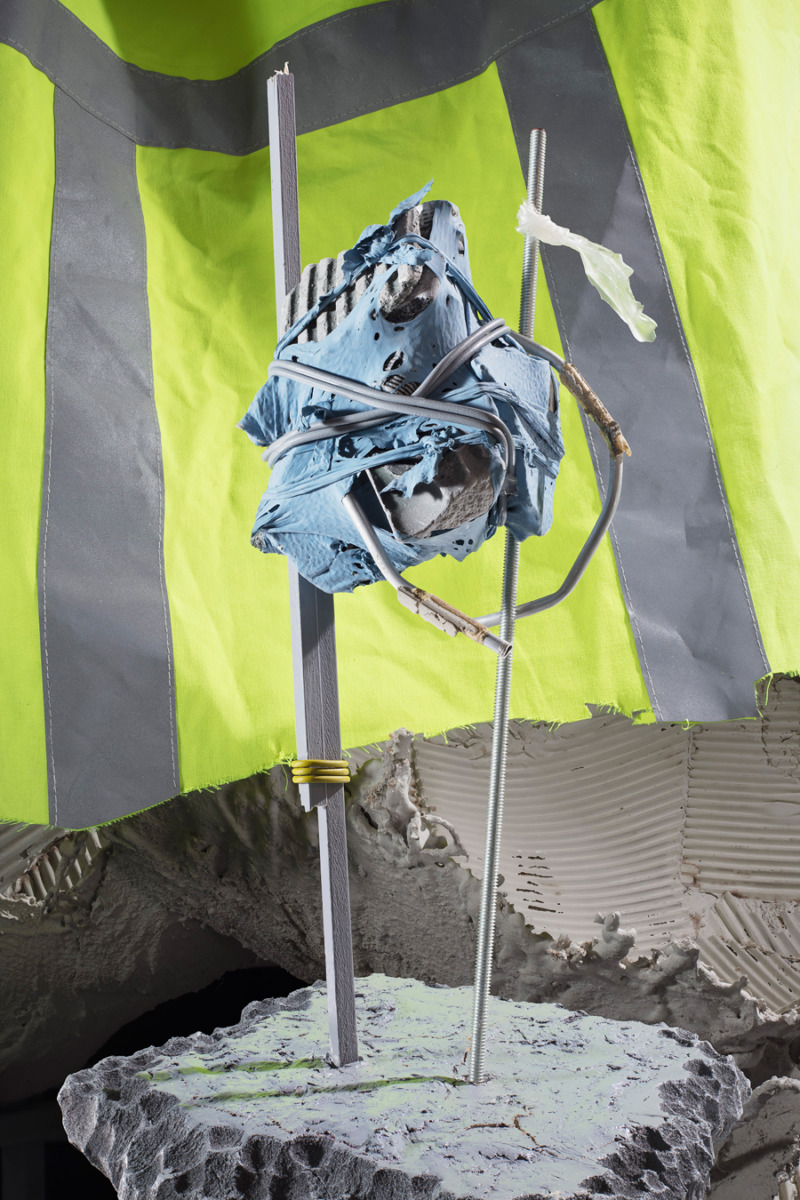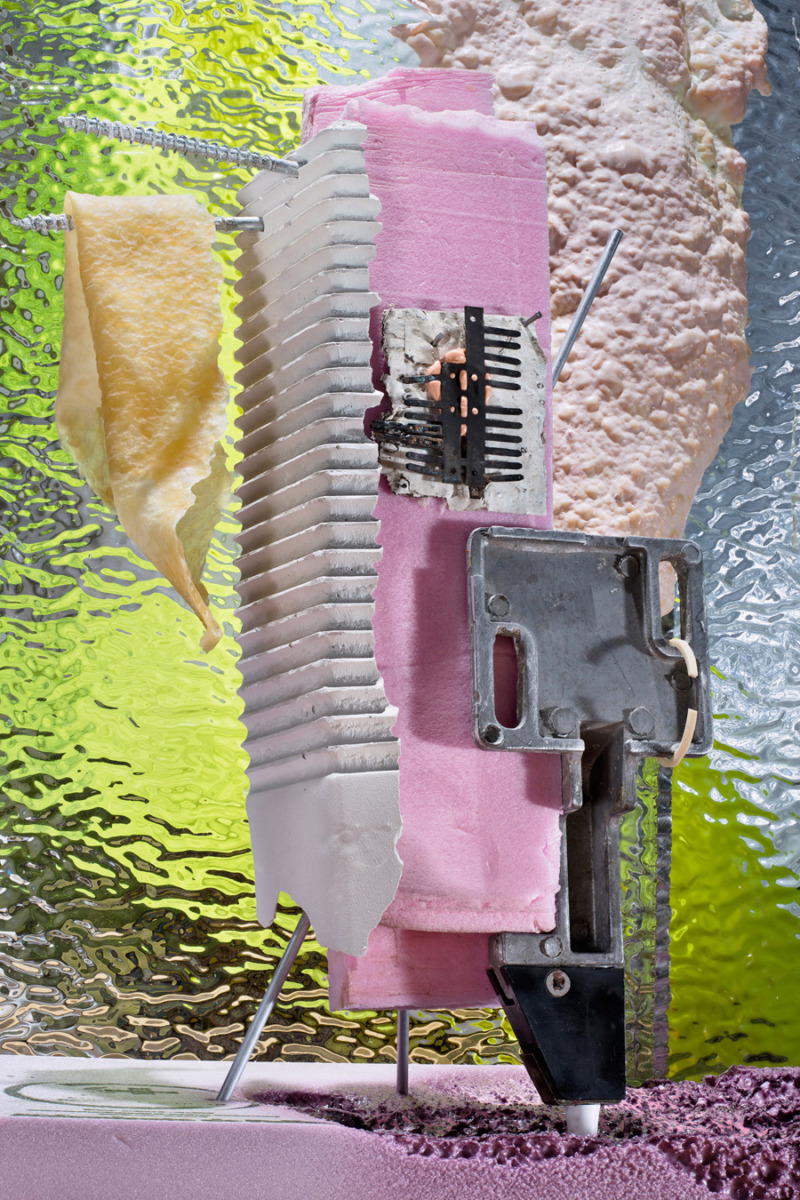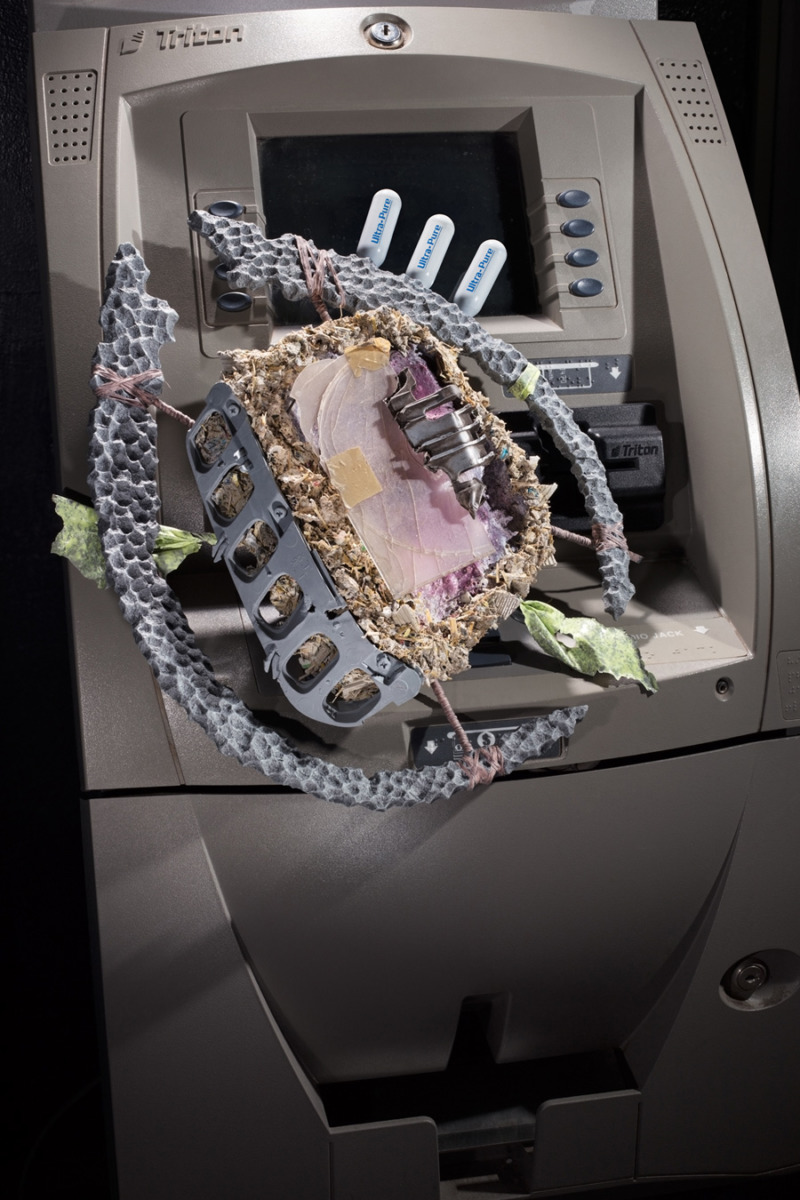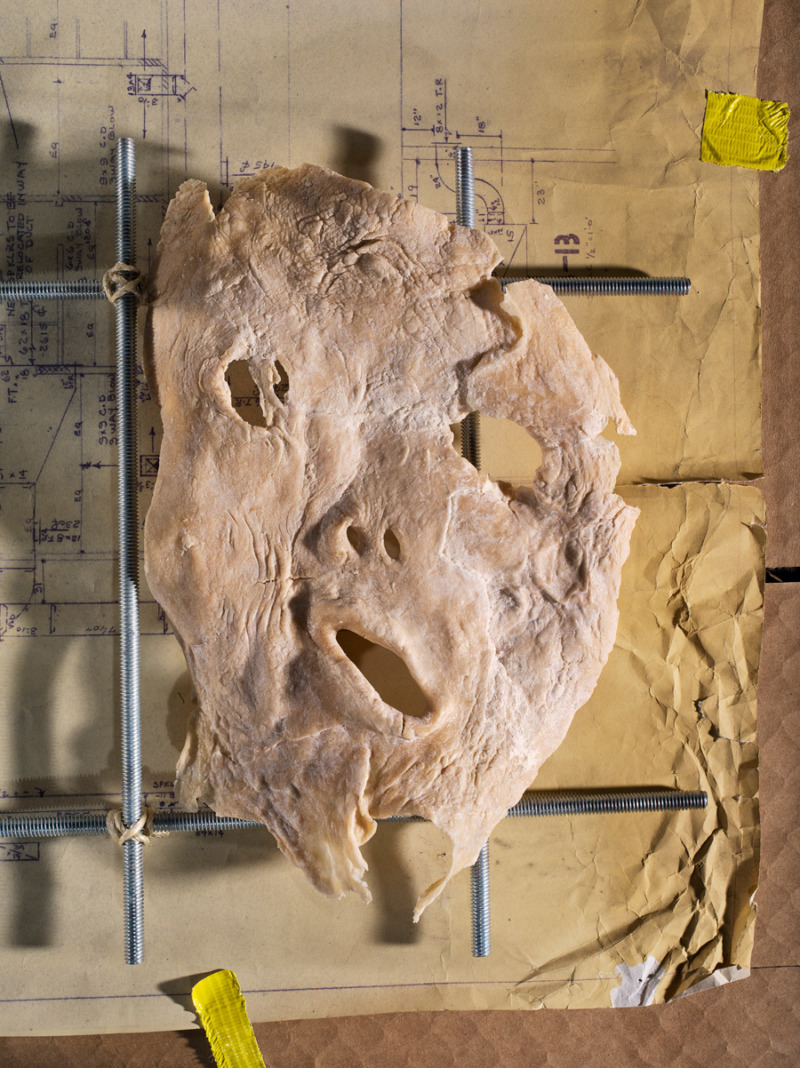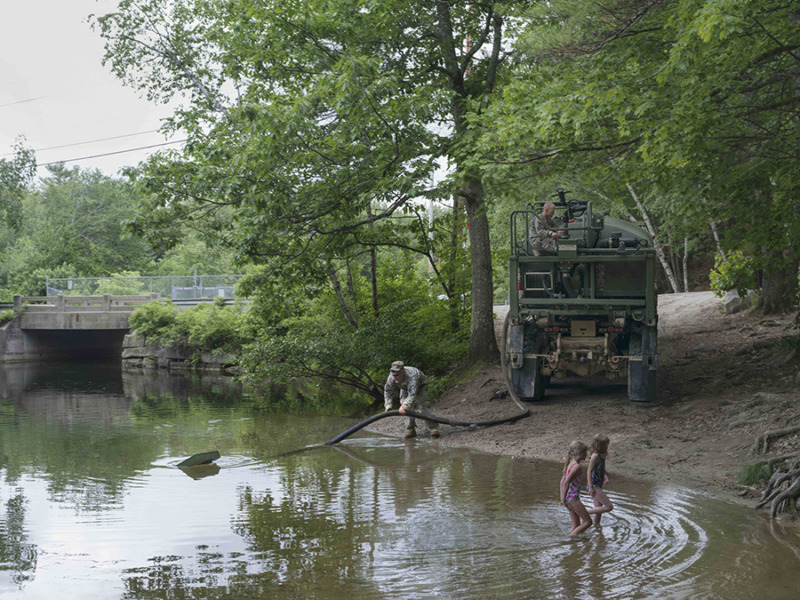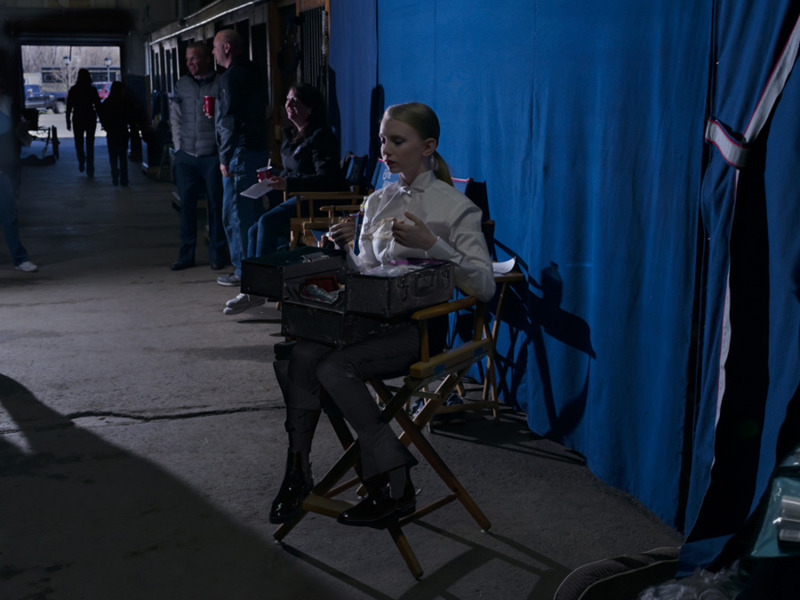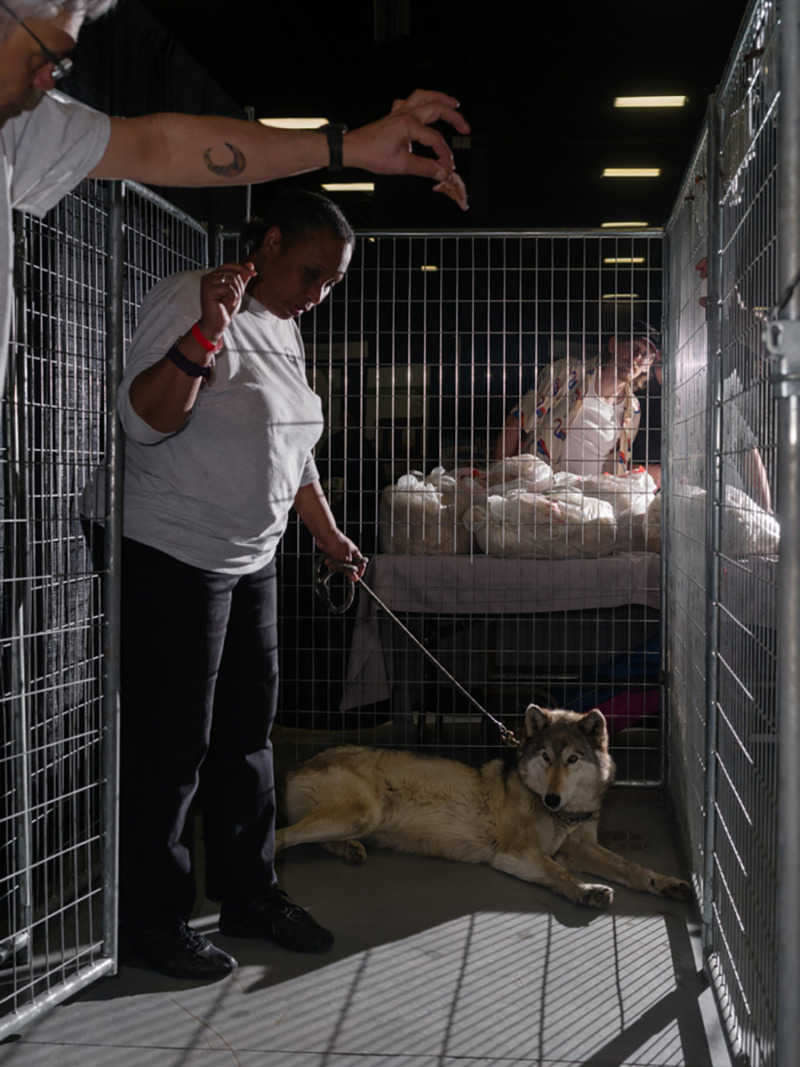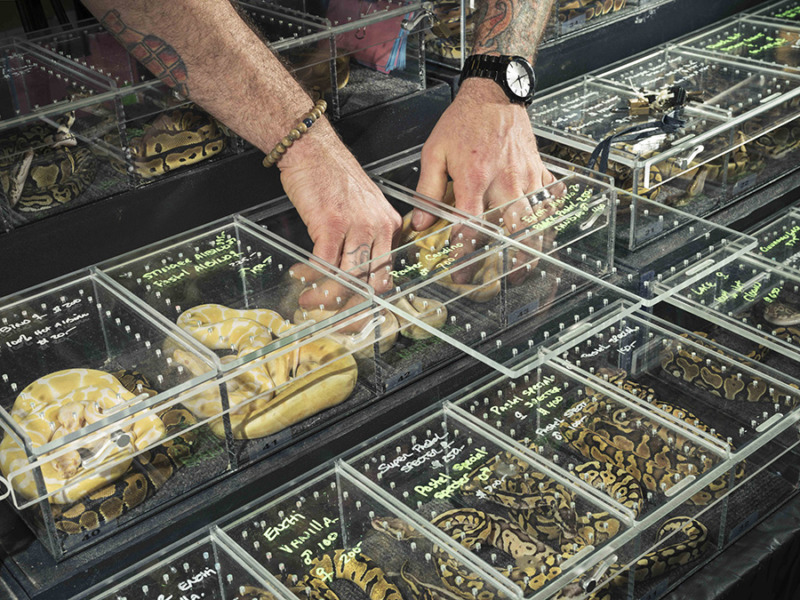Interview – Yale School of Art Photography Graduates 2018
Dan Swindel
What is your graduate project about?
For the five years leading up to graduate school, I worked full-time as an IT support specialist. A lot of my time at Yale was spent making videos that in some way related to my professional experience, with myself as the subject. Most often I was thinking about how feelings of boredom and alienation are often part-and-parcel to being in environments that are intended to be “productive”.
How has the program at Yale informed your idea about photography? Has your perception about photography changed and how?
I think I’m still processing my experience, and how it impacted my understanding of the medium… It wasn’t until the end of my time in school that I came back to making still photographs. Making videos and performing has had a profound effect on how I now go about making pictures. Also, I do feel that sitting through (more or less) four hours of critiques per week will radically change anyone’s perception of photography.
What was good about studying at Yale? What is your highlight of the course?
The community (including the students, faculty, critics and staff). Overall, the level of care that everyone takes towards their own work, along with their generosity and genuine interest in providing feedback to each other is unlike anything else I’ve experienced.
Who inspires your work?
Definitely, everyone I was in school with, both in photography as well as the other departments. Other artists/writers that have had a major impact on me recently include Samuel Delaney, Stan Douglas, Rodney Graham, Jan Groover, Timothy Morton, Fred Moten, Jack Smith, and too many others to name.
What will be your next steps after school?
Making things, and continuing to participate and support my friends in also making things. I’m moving to New York, which will be a new experience for me, my partner and our cat; we’re all pretty excited about it!
Why would you recommend this program to someone interested in photography?
It’s a big decision to get an MFA, but if you’re considering it I do think the program is unique in many aspects. I found that the program was also a good place for me to explore other things I already knew I had an interest in doing (like video & performance).
Dannielle Bowman
What is your graduate project about?
During my time in graduate school, I was not working towards a “project.” I was more experimenting with ideas I was interested in, and with ways of making images. I was and still am working through ideas around history, landscape, visibility and time.
How has the program at Yale informed your idea about photography? Has your perception about photography changed and how?
I wouldn’t say it was the program as an entity in itself that has informed my ideas about photography, but rather my peers. I was lucky enough to be there with an amazing group of artists, both in the photo department and the other departments as well.
What was good about studying at Yale? What is your highlight of the course?
The other students, the teachers and the access to Yale University as a whole – which has a plethora of libraries and a giant telescope among other things.
Who inspires your work?
I’m currently thinking a lot about Chris Marker, An-My Le, Carleton Watkins, Sara VanDerBeek, Deana Lawson.
What will be your next steps after school?
Keep making work! And I’m very excited to teach photography.
Why would you recommend this program to someone interested in photography?
I don’t think simply being interested in photography is a good reason to choose this program or any other. It’s a big, personal decision.
Evelyn Pustka
What is your graduate project about?
My work attempts to explore the grotesque nature of privilege, consumerism, and excess through images and videos of simulated destruction. The dystopic, eerie quality of the work also yields humorous effects and religious undertones.
Has your perception about photography changed and how?
I firmly believe that photography and the moving image are as important as ever in a world that is politically and physically bursting at the seams. Photography and video can reveal a truth on the fine line between fiction and reality, taken as a document of a moment whether found or constructed.
What was good about studying at Yale? What is your highlight of the course?
Being around my peers from the photography program along with the other mediums was a big highlight towards my degree. They were helpful towards my process of making and critical thinking and were incredible people to be around. Also, access to the amazing Haas Library (Robert B. Haas Family Arts Library) was a plus.
Who inspires your work?
Films, to artists, to children’s computer games and TV shows, a wide range of all of this. To name a few: John Divola, Ana Mendieta, Mike Kelley, Tim Head, Cindy Sherman, Mika Rottenberg, and sets and animation from, Nobuhiko Obayashi, Dario Argento and Will Vinton’s films, Humongous Entertainment games, and children’s shows such as Pee-wee’s Playhouse, the Wee Sing video series, and Are You Afraid of the Dark?.
What will be your next steps after school?
Los Angeles is my next step; hopefully, I will find a studio soon to start making new work.
Why would you recommend this program to someone interested in photography?
The program is very strenuous and is for artists that are ready to completely dismantle their process and ways of thinking. I definitely recommend an undoing in someway, whether that be in an MFA program or not.
Jennifer Calivas
What is your graduate project about?
My thesis work included three different pieces; one photographic, one video, and one that combines sculpture and audio. The three pieces explore themes of communication, gender expectation, and the limitations of portraiture and are meant to activate one another when seen together.
How has the program at Yale informed your idea about photography? Has your perception about photography changed and how?
A lot of the work I made at Yale came out of grappling with the medium of photography itself and what it means to photograph another person. I experimented as much as I could and as a result, my process and work has broadened. I use different mediums now and also use photography in a more expanded way than before.
What was good about studying at Yale? What is your highlight of the course?
I was surrounded by a lot of very special people! There are so many deeply committed students, faculty and visiting artists who I learned from. I also took great classes with Keller Easterling, Jenn Joy, and A.L. Steiner that shaped my time in school and my trajectory as an artist.
Who inspires your work?
The Wooster Group, Jack Smith, Bread and Puppet Theatre, Samuel Beckett, Samuel Delany, Fred Moten, Karen Barad, and Alice Notley. One of my favourite art pieces is “Boomerang” which is a collaboration between Nancy Holt and Richard Serra.
What will be your next steps after school?
I’m going to be doing some teaching and am continuing with the work I started when school ended. I also plan to give my plants more love and eat something other than fish sticks.
Why would you recommend this program to someone interested in photography?
One of the things I valued most about the department is that the students participate in shaping the program. The class decides who they want as visiting artists, have a say in who the critics are, and are part of the admissions process for incoming classes. This means that you end up having conversations with people that you respect and that are important to you. Also, there is really good financial aid!
Kathryn Harrison
What is your graduate project about?
My project, Blue-Stained Walls, deals with the complexities of my brother’s schizophrenia, explosive disorder, and drug addiction, my mother’s fight to stay alive, and the birth of my nephew. The work essentially lives as a book, which includes my photographs, a few of my mother’s pictures, and my brother’s drawings and mugshots. The landscape and atmosphere of Florida play a crucial role in the aesthetic of the work. The book opens with a letter he wrote her in rehab after pawning her favourite necklace. I question if care-taking and caregiving can coexist, or do they cancel each other out? What about love and death?
Has your perception about photography changed and how?
The program broadened my understanding of what photography is and can be. We had to be a team and work together. We didn’t just sit in lectures about photographers, we met them. We looked at their original prints housed in Yale’s collections. We asked them questions and listened, or challenged them back. We visited exhibitions and curated our own, met with publishers, editors, gallerists, writers, filmmakers, painters, sculptors, philosophers, academics, etc. Yale taught me how to pull from anything and everything that inspired me and to produce what I desperately needed to make. My perception shifted from an isolated, singular way of working to a more collaborative, universally connected one. There is a push and pull to those two modes for me, but finding a balance is important.
What was good about studying at Yale? What is your highlight of the course?
The community at Yale is unparalleled. Yale allowed me to work as I needed, taught me how to talk about my work and to defend it, even when that meant saying nothing at all. The structure of the program routinely encouraged a deep-dive into who I am and what my limitations are. It challenged me to the very end.
What will be your next steps after school?
I am currently a Hillman Foundation Fellow and extending this body of work, curating a show in NYC, teaching at Ringling College of Art & Design, freelancing, and spending time with my family.
www.kathryneharrison.studio / @kathryn_harrison
Lacey Lennon
What is your graduate project about?
My work as an artist has examined the relationship between the regulation of the appearance of black femininity and the construction of self. I have explored senses of constraint and release, and how one sees oneself in other selves, the landscape and objects. I work with photography, video and performance. Whitney, a recurring title and elusive figure threaded throughout my work, is depicted in both a video and a black and white photograph as a covered body with dripping hair turned away from the camera. The video Untitled, (Whitney) attempts to translate through movement an emotional and psychological response to restriction.
How has the program at Yale informed your idea about photography? Has your perception about photography changed and how?
I realised how important it is to be a generous and active participant in a community of photographers. We had our thesis opening in New York a few weeks ago and I was struck by how many photographers and Yale Alumni came out to see and talk about the work. That sense of support, community and dedication to diverse perspectives feels essential for the future of the medium. I started experimenting with video and performance in my final semester which radically loosened up my relationship to still photographs. I abruptly started working with black and white images again, I began printing larger, and working with film images shot in natural light. All as a way to connect disparate images made for very different reasons.
What was good about studying at Yale? What has been your highlight of the course?
The remarkable people who come through the school of art, the artists and students who are all deeply engaged in the ongoing conversations about contemporary art make it such a rich learning environment, in particular A.L. Steiner, Jim Welling, Tavia Nyongo’, Deana Lawson, Hilton Als, Collier Schorr, Hito Steyerl, Fred Moten and Sondra Perry. The libraries, the books, the resources, and the drama school!
Who inspires your work?
I love Audre Lorde, Lorna Simpson, Samuel Delaney, Octavia Butler, Deana Lawson, Martha Rosler, Torkwase Dyson, Mark Steinmetz, Collier Schorr, Ralph Lemon, Dawoud Bey, Adrian Piper, and Anne Collier.
What will be your next steps after school?
Make pictures.
Why would you recommend this program to someone interested in photography?
This program is for artists who truly want photography to be a major part of their lives.
Luke Libera Moore
What is your graduate project about?
My thesis is about stuff – quite literally – as in junk and debris, relics and ruins, but also flesh and excrement: abject material things tending towards decay. As a maker, I am broadly concerned with materiality and its translation into the photographic image through light and digital capture. That may sound very formal but it is not devoid of political and metaphysical valences – I insist that my work is fundamentally Queer.
Then again, it’s not just about straightforward materiality; it’s also about the act of construction, and what is commonly referred to in literature as “world-building”.
How has the program at Yale informed your idea about photography? Has your perception about photography changed and how?
I’d say that Yale made me certain of the fact that I prefer to work across disciplines. I work between photography and sculpture; the two are inseparable to me and I love them both equally. I know that now because of the intensity of Grad School.
What was good about studying at Yale? What is your highlight of the course?
The Haas Arts Library and the broader library system are incredible. I also fell in love with the city of New Haven, which I miss tremendously. The highlight was simply having the time, space, and discursive resources to go deeper into my own interests than I had ever done before.
Who inspires your work?
Reading J.G. Ballard’s novel The Atrocity Exhibition two years ago has remained one of the biggest influences over my thinking. He refuses to make things easy for his readers, yet he manages to demand your attention– I think that’s what good art is. Ballard’s morbid aesthetics of the Fragment also chimed with my own interests, which is why I started reading it in the first place. I also love the photographs of Robert Cumming, the sculptures of Lee Bonticou and Rachel Harrison, and the imaginary architectural drawings of Lebbeus Woods.
What will be your next steps after school?
I moved back to New York. For now, I plan to simply live, work, and make art. There are a few other ideas, I would prefer to live alone in a cave somewhere but that doesn’t seem feasible at the moment…
Why would you recommend this program to someone interested in photography?
There are many good MFA programs. You also don’t need an MFA to make good art. I personally chose Yale because I knew I wanted to work my fingers to the bone. I also chose Yale because of its faculty and visiting artists and its excellent need-based financial aid, which a lot of people seem to be unaware of.
lukeliberamoore.com / @ddroopy_chateau
Penn Chan
What is your graduate project about?
My thesis work is still an ongoing process so it’s hard to say; I would say it revolves around an interest in the human desire for progress and perfection.
How has the program at Yale informed your idea about photography? Has your perception about photography changed and how?
My experience at Yale was extremely influential in how I think about photography now, but this is mainly due to the fact that it was my first experience receiving any formal education in studio arts.
What was good about studying at Yale? What is your highlight of the course?
For me, the most effective part of the program, as well as my personal favourite, was definitely the rigorous structure of the critiques. Being expected to either create a new body of work or show significant conceptual and process-oriented improvement every five weeks was an impossible task. You suspend your disbelief for two years as a special kind of Stockholm syndrome, but in the end, you essentially get to plan, produce, and print your own solo work for a panel of artists that care and it’s allowed to be bad.
What will be your next steps after school?
I’m really not sure, I’m looking forward to my class’ group shows in NY and LA, and I am also preparing for a two-person show at Burlington City Arts in Vermont with another photographer whose work I admire, Vanessa Kotovich. However, as for long-term plans, a lot of things are up in the air for me.
Why would you recommend this program to someone interested in photography?
I would recommend this program to anybody that is not looking for a close one-on-one mentor, who gets to know you and your work intimately and independently, who pushes you through uncertainty and at times cuts you down when you need it most. Although it’s not impossible for that to happen at Yale, it’s often more about what you put in and convincing people to care.

